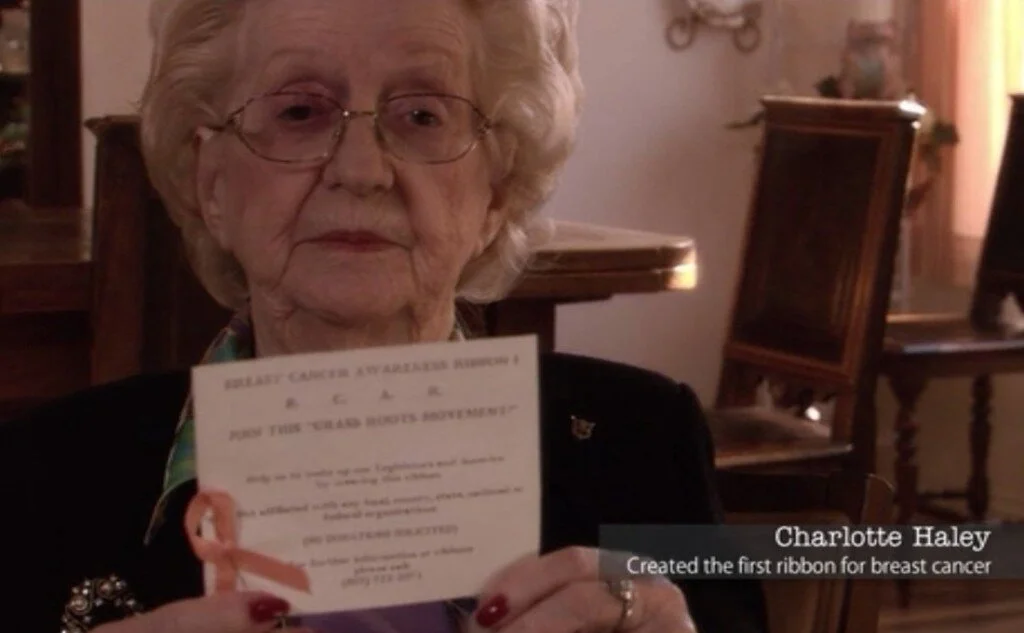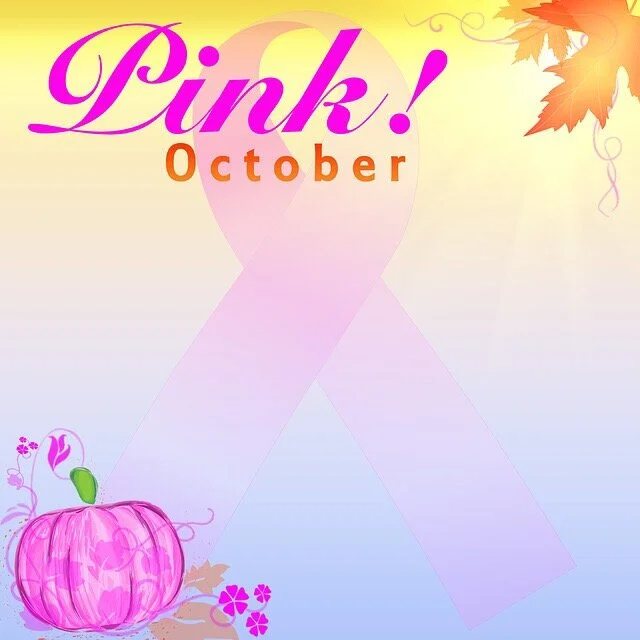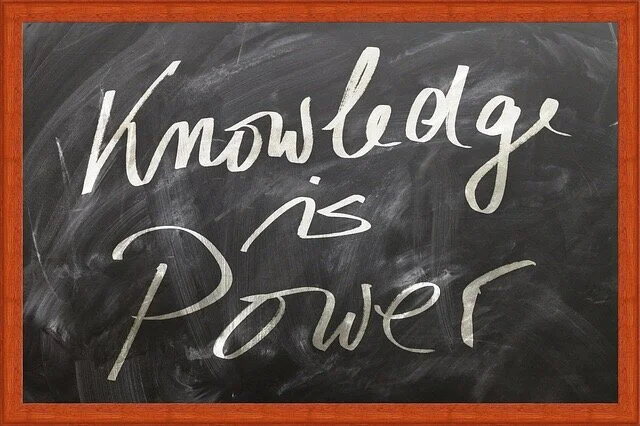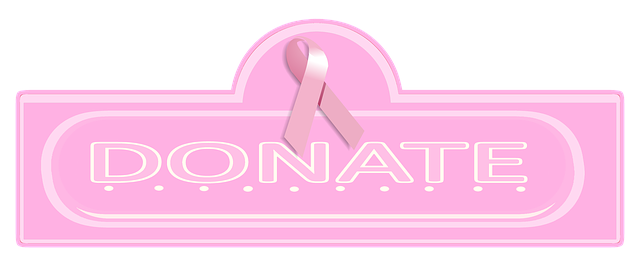Did you know that the original ribbon campaign for breast cancer was started in the early 1990’s by a 68 year old woman named Charlotte Haley whose daughter, sister and grandmother had breast cancer? Haley made peach colored ribbons in her home and handed out thousands of these ribbons at supermarkets. Along with the ribbons was a card that read, “The National Cancer Institute annual budget is $1.8 billion, only 5 percent goes for cancer prevention. Help us wake up our legislators and America by wearing this ribbon.”
Haley was protesting the lack of funding for research and programs aimed at preventing cancer by exploring environmental causes as well as hereditary causes and lifestyle.
Word spread about the popularity of Haley’s grassroots campaign. Estée Lauder and Self magazine wanted in. Haley refused to give them permission to use her peach ribbon fearing its message would be lost by mass commercialization. In response, Self contacted their legal department who advised them to simply use a different colored ribbon and start their own campaign. They selected the color “pink.” Haley’s peach ribbon campaign was quickly replaced. The pink ribbon became the worldwide symbol for breast cancer. The proliferation of pink ribbons and all things pink in October has been dubbed “Pinktober.”
There are many reasons to be excited about “Pinktober.” If a sea of pink reminds women to do self-exams, schedule physicals or a make appointment for mammograms, lives can be saved. If a pink ribbon comes with information about breast cancer risks or details about symptoms you shouldn’t ignore, lives can be saved. If those pink products in your cart help fund a new approach to diagnose or treat breast cancer or help identify preventable causes of breast cancer, lives a can be saved. If that little pink ribbon sends people to the internet for information or inspires them to make an informed donation to a worthy breast cancer charity, lives can be saved.
That’s a lot of “ifs” and I while like to dream about the best case scenario - the cure and prevention of breast cancer and all cancers - there is a reality to consider.
How much “pink” is too much? How can you be sure the pretty products with the pink ribbons in your cart will actually fund meaningful research and much needed breast cancer programs?
As a cancer survivor, I’ve earned the right to comment on “Pinktober.” I did my time on exam tables and surgical gurneys; sat in countless waiting rooms and chemo chairs and remained motionless on a cold table while a massive machine rotated above my body spewing out gamma rays. I have surgical scars and scars from radiation burns because of my fair skin. I have a reconstructed breast and a breast that had to be altered to match. I’m incredibly lucky to be ten years cancer free and I don’t want anyone else to have to go through this journey.
I understand and share the concerns of some of my fellow survivors about corporations and companies cashing in during breast cancer awareness month by slapping pink ribbons on all their products and promising to donate what amounts to pennies per product to often unspecified breast cancer research and breast cancer awareness programs.
According to the organization known as Breast Cancer Action, a 'pinkwasher' is a company or organization claiming to care about breast cancer by promoting a pink ribbon product, while it produces, manufactures and/or sells products that may increase the risk of developing cancer.
There are five reasons to be wary of Pinktober:
1. For many products only pennies actually go to breast cancer research or programs and sometimes companies do not specify which organization will receive this money or how the money will be used.
2. Some organizations allocate a large percentage of donations to administrators’ salaries and corporate overhead while only a small percentage actually benefits breast cancer research/causes.
3. Major research programs may not coordinate or share information with each other, causing research to be duplicated or repeated instead of funding new research.
4. In addition to money for research, it’s important to make sure there is funding for breast cancer screening, education, treatment and prevention.
5. Many of the corporations and companies benefiting from the sales of these pink products are selling unhealthy products and manufacture other products that may increase your risk of developing breast cancer or other cancers.
What can you do?
Do your research. Ask questions - Should I buy this? Where does the money raised by purchasing pink ribbon products go? Are these products healthy? Which organizations will use my money wisely?
The following links are to charity watchdog sites and Consumer Reports magazine. They have information about charities. You can find out which companies make the most efficient use of donations:
https://www.charitynavigator.org/
https://www.consumerreports.org/charities/best-charities-for-your-donations/
You can also find valuable information about breast cancer and breast cancer charities in October 2017 and October 2018 issues of This Awful Awesome Life which can be accessed using the search feature on our site.
Some information for this article was taken from:
http://www.bcaction.org.










